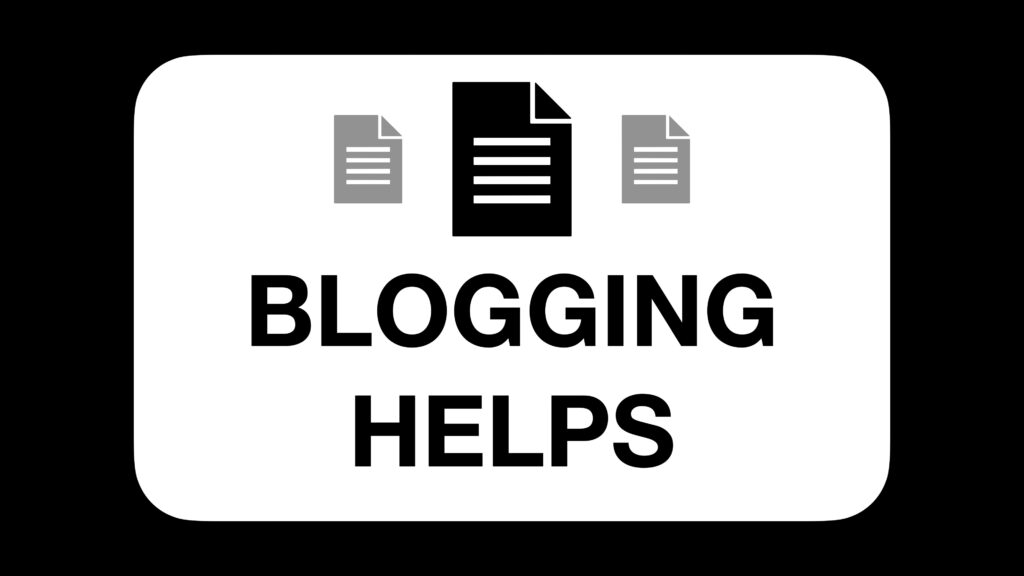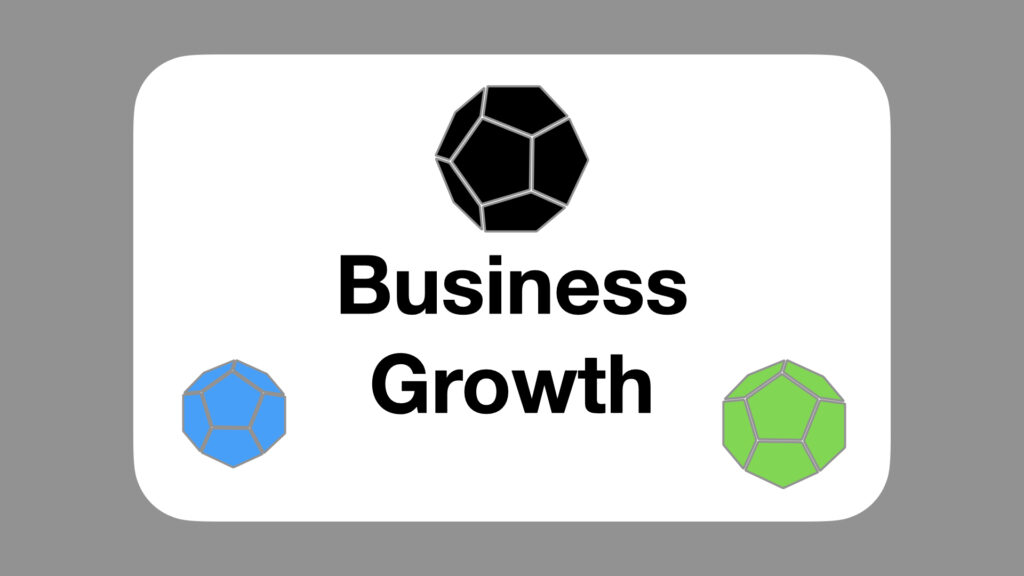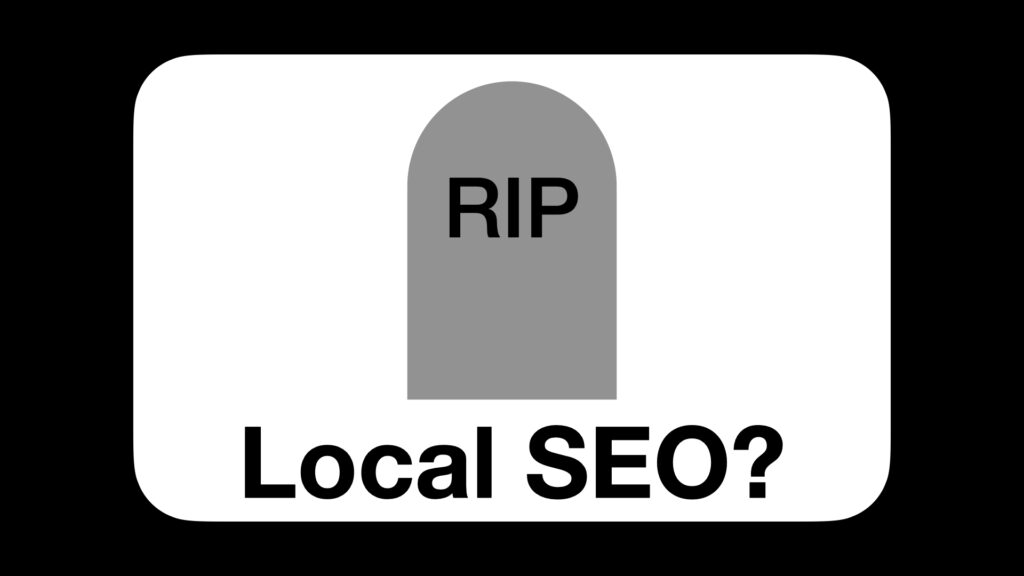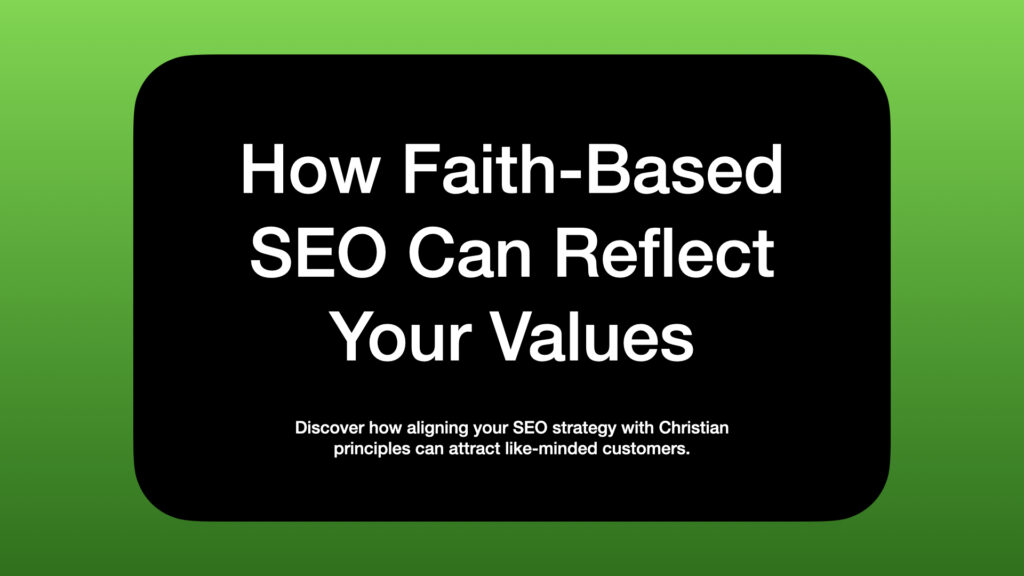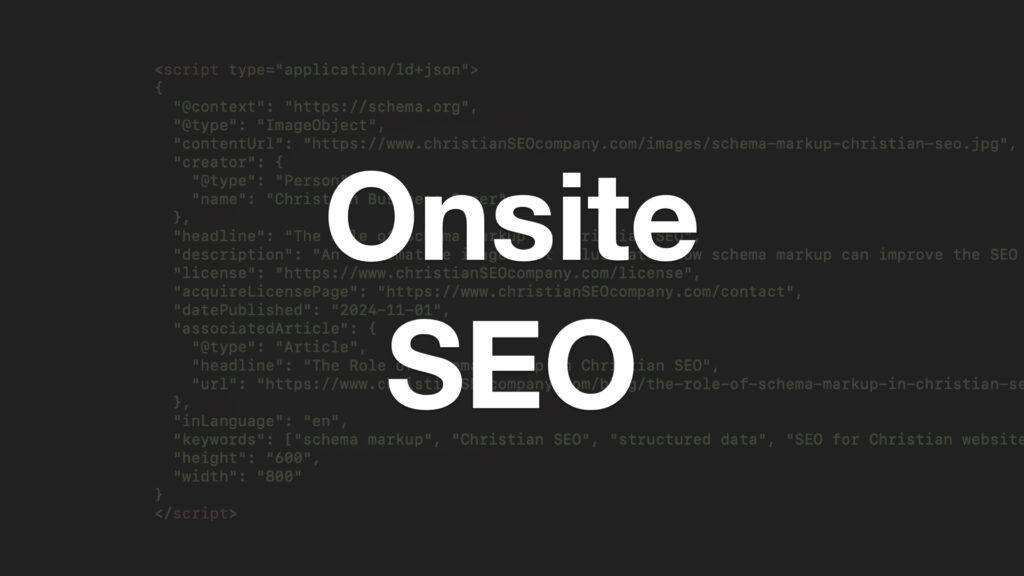
Most business owners focus on getting more traffic to their website, but here’s the truth—if your OnSite SEO isn’t dialed in, it won’t matter how many visitors you get. They’ll bounce before they ever become customers. That’s why OnSite SEO is the unsung hero of search rankings. It’s not flashy, but it’s the foundation that makes everything else work.
What is OnSite SEO, and Why Does It Matter?
OnSite SEO (also called on-page SEO) is everything you do on your website itself to help search engines understand and rank your content. If Google can’t figure out what your site is about, it won’t rank well—no matter how great your business is.
Think of OnSite SEO like organizing a library. If books aren’t labeled correctly, nobody can find what they’re looking for. The same goes for your website—if your pages aren’t structured properly, search engines (and people) will struggle to navigate them.
The Key Elements of OnSite SEO
OnSite SEO isn’t just one thing—it’s a combination of several factors working together. Here’s what matters most:
1. Meta Tags: The First Impression You’re Making on Google
Meta tags are the title and description that show up in Google search results. They might seem small, but they make a huge difference.
A well-written meta title tells Google what your page is about and makes it more likely that people will click on it. A strong meta description gives potential visitors a reason to check out your site.
Quick Fix: Write compelling, keyword-rich meta titles and descriptions for every page of your website.
2. Headings: The Structure That Makes Your Content Readable
Ever land on a webpage that’s just a giant wall of text? Nobody likes that—not readers, not Google. Proper headings (H1, H2, H3) break up your content and make it easy to scan.
Google also uses headings to understand what your content is about, so skipping them (or using them incorrectly) can hurt your rankings.
Quick Fix: Use an H1 for your page title, H2s for main sections, and H3s for subtopics. Keep them clear and relevant.
3. Internal Linking: Helping Visitors and Google Navigate Your Site
Internal links connect pages within your website, helping both users and search engines find related content. If someone lands on your homepage, an internal link should guide them to your services page, blog posts, or contact page.
Quick Fix: Add relevant internal links throughout your site. For example, if you mention local SEO, link to your CityRank Pages service.
4. Mobile Responsiveness: Because Google Cares About Your Phone Users
More than half of all website traffic comes from mobile devices, and if your site isn’t mobile-friendly, Google will push it down in rankings. If people have to pinch, zoom, or scroll sideways to read your content, they’ll leave—and fast.
Quick Fix: Use a mobile-responsive design that adjusts to different screen sizes. Not sure if your site is mobile-friendly? Pull it up on your phone and see how easy it is to navigate.
Why You Shouldn’t Ignore OnSite SEO
OnSite SEO isn’t just about making Google happy—it’s about giving visitors a great experience. When your pages load fast, your content is structured well, and your site is easy to navigate, people are more likely to stay, engage, and become customers.
Need help optimizing your site? Schedule a free, no-pressure call and let’s make sure your website is working for you, not against you.







